A new feature may be one of the mainstream ways of short video distribution.
In April 2019, the QQ Watch Team launched a stand-alone short video app, Watch Video, featuring a 1- to 3-minute horizontal PGC video. In addition to personalized recommendations, the video also features a feature called “columns”, where users can create “columns” based on their interests and aggregate the videos on the platform under different columns, such as “Global Hotspots” “What are you talking about online today?” “Comment is better than video.”
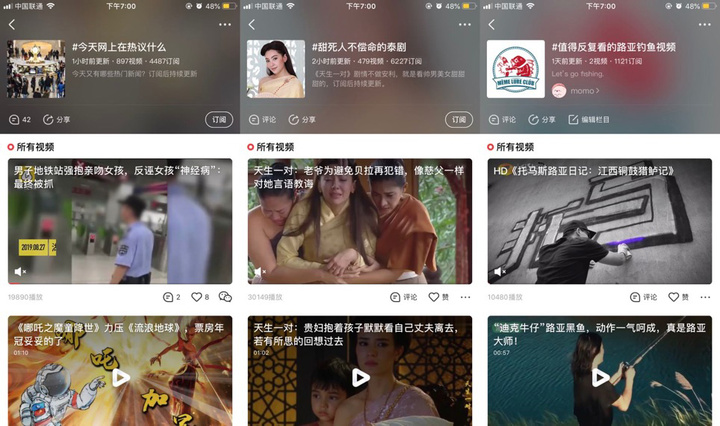
There is no coincidence. On August 24th, Vibrato announced a new feature that will be launched at the first creator’s conference. The creators can publish the related videos in the same collection in a structured and sequential manner. Users can enter the collection through the video of interest, so as to systematically watch related content.
In addition to short videos, in the content areas of graphic, music, long video, etc., there are similar mechanisms in which users participate in the re-creation or reorganization of information, behind which are user interests, opinions and attitudes. Can make up for the shortcomings of the algorithm in content distribution. This may also represent the way in which algorithms and people get along in the era of artificial intelligence.
Douban Beans: User Interest List for Reorganizing Standardized Information
When Douban was launched in 2005, the concept of Web 2.0 was just emerging, and the way in which users lead production of content laid the foundation for the prosperity of the Internet ecosystem.
Using user’s addition, creation, books, movies, music, and other standardized information with ISBN coding, IMDb number or record barcode makes Douban the largest online database of books and audio in China, and has become an online community where many people find information and communicate with each other.
In addition to this standardized system, Douban also has a set of subjective information classification and organization systems created by users – bean columns.
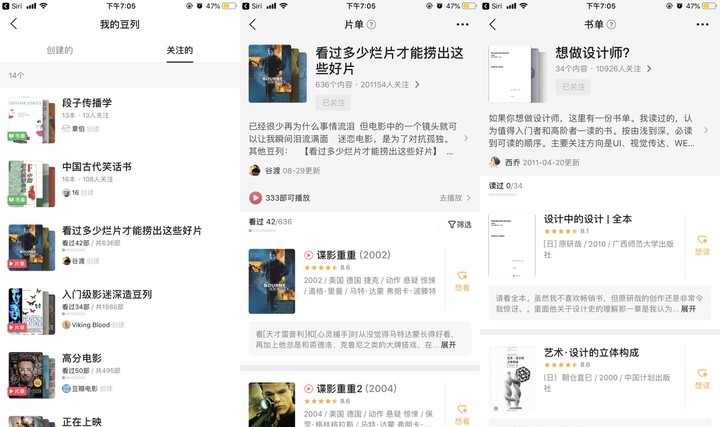
Beans can be understood as a set of lists created by users based on a specific theme, collecting books, movies, music. For example, the movie “Shanghai Fortress” will be added to the “Chinese Science Fiction” bean list by a certain user, and will be added to other users by “Shanghai (1950-20__)”, “Science Fiction Adaptation”, “The number of evaluations exceeds 100,000 movies, and “the singularity in the rotten film”…etc.
Now, in addition to the information in Douban Station, websites, software, strategies, and games outside the station can be added to the appropriate beans according to specific topics.
Douban founder Yang Bo (Abei) once introduced in the blog post “Looking at the World with Beans”, the first user list of Douban, “Recommended Book of Thinking for Fun”, was created on August 17, 2005. . In the next few years, seven hundred and eight kinds of beans are derived from books, audio, music, and things. Albums are often used as pictures of variants. Tens of millions of beans are the tools of Douban users who share the “selection” after discovering good things. It covers the personal interests of the forest, and brings togetherDry goods deposited over the years in Douban.
He also quoted a friend of Douban, “In the universe of Douban, everything is a different phenomenon of beans.” More people will Beans are called “basic units for collecting user interests”.
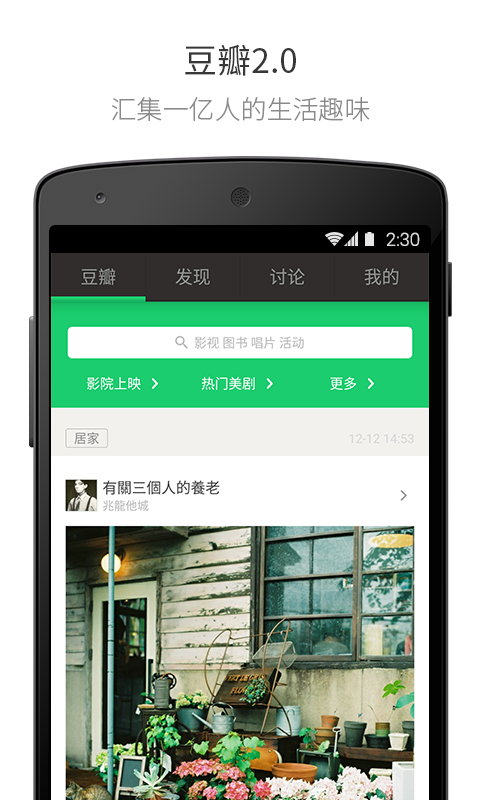
For ordinary users other than experienced literary youth, Beans is a shortcut for them to discover more interesting worlds under regular and orderly standard information. In the process of transforming the mobile Internet, Douban has also listed beans as one of the main functions of Douban App 2.0.
This product mechanism, which was built by users and re-created or reorganized the information already on the platform, also deeply influenced the later mobile Internet products.
From NetEase cloud music song list to vibrato collection: user re-creation under algorithm blessing
In 2013, the online game of Netease Cloud Music was quite a bit turned out.
This is a design inspiration for vinyl records, and the music app of Netease founder Ding Lei’s high-profile platform quickly captured a group of core music users. At the same time, driven by the core users, Netease cloud music has grown rapidly.
In addition to the UI design, Netease Cloud Music has two core features that were refreshing at the time: personalized recommendations and song lists. Even Netease Cloud Music uses “Song List” as the basic form of song organization. In the past, the songs collected in a single album were re-disassembled, and the users included a piece of their own creation according to their taste and affection. In the song list.

▲ Netease Cloud Music UI when it was launched in 2013. Image from: Lofter Official
The way we listen to music has also changed from singers, albums, and leaderboards in the past to “English songs that are poisoned only by listening to the prelude”, “The New Ghost Story” original soundtrack, and “Bilibili Town” “The treasure of the station”, “What Cantonese songs can be sung at KTV can kill the audience”…
The song list function is actually derived from Sweden’s streaming music application Spotify. If Steve Jobs revolutionized the record industry with iTunes, the album sales model was changed to a single sale; Spotify is another innovation in the music industry, turning the sale song into a streaming form: users no longer need to buy and own a song. Instead, use the form of online play to get access to an oversized music library.
Spotify’s business model is based on users paying for extended features and free-to-play ads, which depend on the length of time users listen to music, the combination of user-created songs and personalized recommendations, to the maximum extent. .

▲ Apple Music is gradually replacing iTunes as Apple’s most important music platform and is also affected by Spotify
After NetEase Cloud Music introduced such a feature, more and more Chinese music app has a song list as a basic function. To a certain extent, the song list is actually another manifestation of the bean list.
It’s not just the music industry, but a similar phenomenon has emerged in China’s booming short video industry.
In November 2018, QQ’s daily active users (DAU) exceeded 100 million. Compared with today’s headlines and Baidu’s information flow products, QQ users are younger, and nearly 70% of them are after 95.
This kind of user structure also affects the product methodology of QQ. In April, the QQ watch team launched a function called “column” on its independent short video application “Watch Video”, which users can Create your own interests and aggregate the videos on the platform under different columns, such as “One World Same Mom”, “Show Rollover Scene”, etc. Users can subscribe to the column and continue to receive updates under this column. .

QQ Watch has long been involved in the short video field, it will automatically play the next video after a short video is played. This “auto-play” video is not really random, but before the user plays it. A video has a correlation on the content, and the degree of completion of such association playback is higher than that recommended by the algorithm. It is reported that this is also the reason why the video is decided to be distributed in the “column”.
Vibrato is also intended to introduce such a function. The “collection” function just announced by Zhang Nan, the president of Vibrato, is very similar to the “column”. Users can aggregate videos according to certain themes.
However, this feature of Vibrato will be first opened to educational content creators, who have systematic professional content, and have a clear audience, structured and arranged videos in a certain order, watching such videos. It is more scientific.
When the collection function is launched, the vibrato also opens the function of uploading 15 minutes of video to all users. This is also the way to fully expand the content form and enrich the platform ecology.
In this context, fan subscriptions outside of algorithmic distribution and the “collection” feature of re-organizing videos by users become even more important.
Algorithm and people: Who should be the leader in content distribution?
Today’s headline founder Zhang Yiming once believed that “the algorithm has no values”. The implication is that the algorithm is based on the user’s click, browse, share and other personalized recommendations. The content presented on today’s headline app represents the user’s own select.
This view has been followed by fierce public criticism. One of the questions is the “information boudoir” effect of personalized algorithms. “With the help of algorithms, we can easily filter out information that we are not familiar with or disagree with. Just look at what we want to see, just listen to what we want to hear, and finally strengthen the inherent bias and preferences in the repetition and self-certification.”
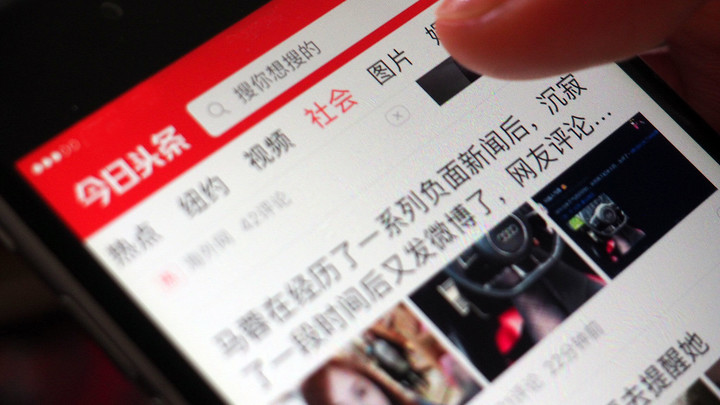
This is a question from the breadth of personalized recommendations, and there is a less discussed issue: algorithmic recommendations can make people find topics of interest, but it is difficult to guarantee the quality of the content under the topic. Even in many cases, it can be indirectly counterproductive.
Personalized recommendation platforms such as today’s headlines basically recommend content to users based on two dimensions: first, after text mining of the content to be distributed, matching based on the extracted high-dimensional features and user interest models; It is the most popular and most popular content on the whole network. Then the algorithm further adjusts the distribution strategy according to the user’s click, browse, collection, and comments.
The connection between users and algorithms is a fragmentation feature such as “mobile internet”, “blockchain”, “millet phone”, and the contents of a hot search list. Such a mechanism also in turn affects content creation. The algorithms think that it is worth recommending, often those that are the hottest topics, simple content, and extremely fast production.
There was a media report on a “explosive article factory” in the rural areas of northern Shandong, where the peasant women with low education were mass-produced in the mass production audience, including young users in big cities.
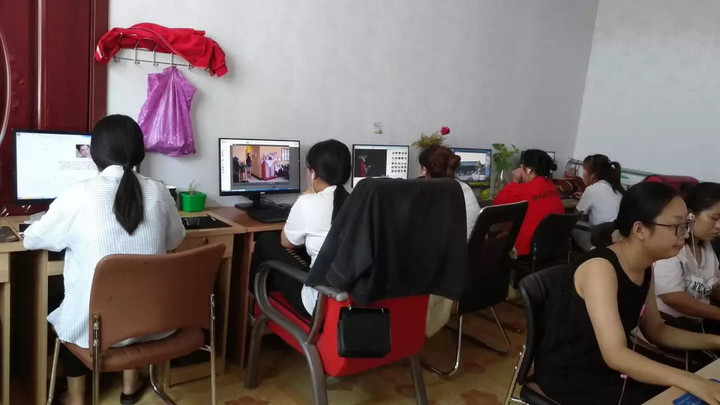
▲ A self-media office in a rural area of Shandong. Image from: Hedgehog Commune
However, the complete abandonment of the algorithm and the use of artificially recommended content distribution practices are no longer possible. The decline of the traditional publishing and media industries has also proved the drawbacks of doing so. Content consumption media is more accessible, and content consumer groups are growing substantially, all of which require more content and more efficient distribution methods.
In the content distribution, highlighting the role of people may be the way of artificial intelligence, the correct way of getting along with algorithms and people.
Of course, this looks like a correct nonsense. In the rapid progress of artificial intelligence, some people think that AI is still at a very early stage, but some people are beginning to worry that AI will become a super-conscious existence that is not controlled by humans. Musk is one of the representatives of “AI threat theory.” However, both parties acknowledge the fact that there may be a large amount of basic work to be replaced by AI in the near future, and only personalized, creative, and strategic work can be replaced by machines.
In the vertical field of content distribution, this idea is equally instructive. The content platform is not faced with algorithms or people who should be led by the problem, but can have at least two sets of efficient distribution mechanisms. In addition to the personalized algorithms that ensure accurate topics, people can create ideas and personalities. Consumers use the knowledge, interests, and insights of other users to discover a wider world and more interesting content.
User-created bean lists, song lists, columns, collections are a good example, and I believe this will not be the only example. In today’s algorithmic approach, the role of people in content distribution will be more The more important it is.